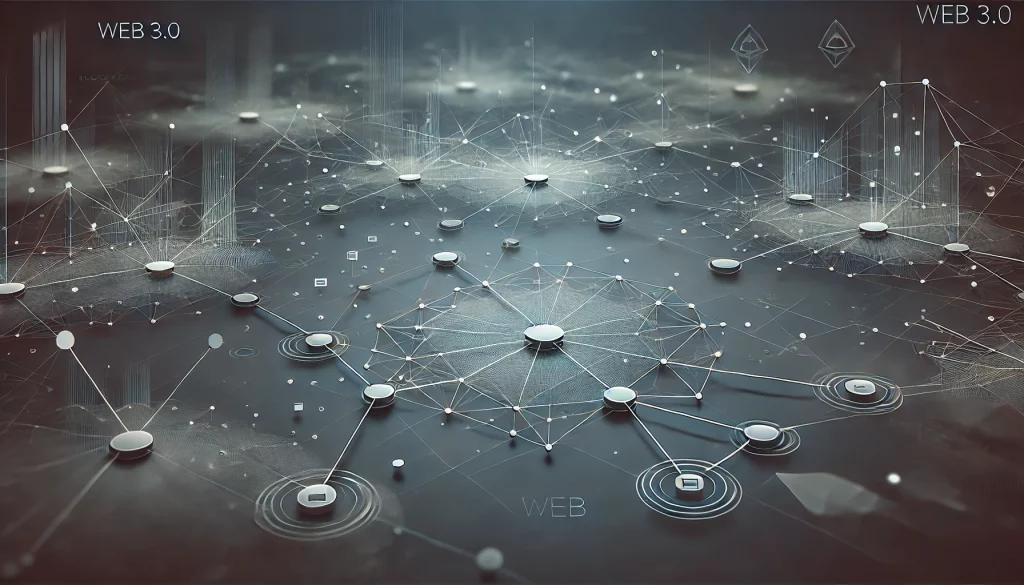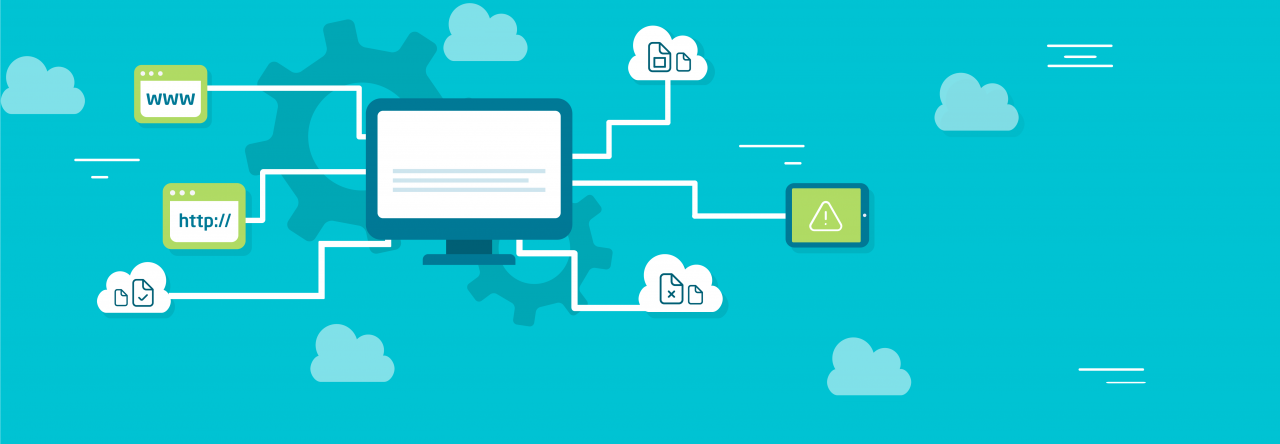
Since the inception of the internet, it has continuously evolved. From the static web pages of Web 1.0 to the dynamic platforms of Web 2.0, we’ve witnessed significant progress. However, a new era is emerging on the horizon — Web 3.0. What is it, and how will it change our lives?
What is Web 3.0?
Web 3.0, or the decentralized internet, is a concept of the future network where users will gain more control over their data. Unlike Web 2.0, where much of the information is stored on centralized servers owned by large corporations such as Google or Facebook, Web 3.0 is built on blockchain, which enables decentralized data storage.
In Web 3.0, each user is the owner of their data. This means that information will not be sold or used without your consent, as often happens today. Users will be able to determine who can use their personal data and how, and they can even receive rewards for it.
Key Technologies of Web 3.0
Decentralized applications (dApps), blockchain, smart contracts, and cryptocurrencies form the foundation of this new internet era. These technologies enable the creation of secure, transparent, and autonomous services that no longer depend on centralized companies. For example, instead of banks or payment systems, financial transactions can be carried out directly through cryptocurrency platforms.
Another crucial component of Web 3.0 is artificial intelligence. Its role is to automate and optimize processes, making the internet more personalized and efficient for every user.
How Will Web 3.0 Change Users’ Lives?
The transition to Web 3.0 promises numerous advantages for users. Here are some of them:
1. Control over data. You will have control over all your data. Websites and services will not be able to access your information without your permission.
2. Transparency. Blockchain operations are public and verifiable, reducing the risk of fraud.
3. Security. The use of blockchain ensures a high level of data protection, as each transaction is encrypted and distributed across different network nodes.
4. Earning opportunities. Web 3.0 opens up the possibility to monetize your data, online activity, and use of decentralized platforms.
5. Independence from platforms. The lack of dependence on large corporations makes users more autonomous, creating new opportunities for digital business development.
Challenges of Web 3.0
Of course, the development of Web 3.0 does not come without challenges. Most users are still accustomed to centralized platforms, and the transition to a new paradigm will take time. Additionally, issues of compatibility with existing systems and the regulation of the cryptocurrency market may slow down the adoption of new technologies.
However, growing interest in decentralized technologies and the efforts of developers in this field indicate that Web 3.0 has every chance to become the new standard for the internet.
Overall, Web 3.0 promises to significantly change how users interact with the internet. Decentralization, security, and control over data open up new horizons, making users active participants in the global network. While many challenges lie ahead, Web 3.0 is already shaping the future of the internet, offering us new opportunities for growth.

Leave a Reply